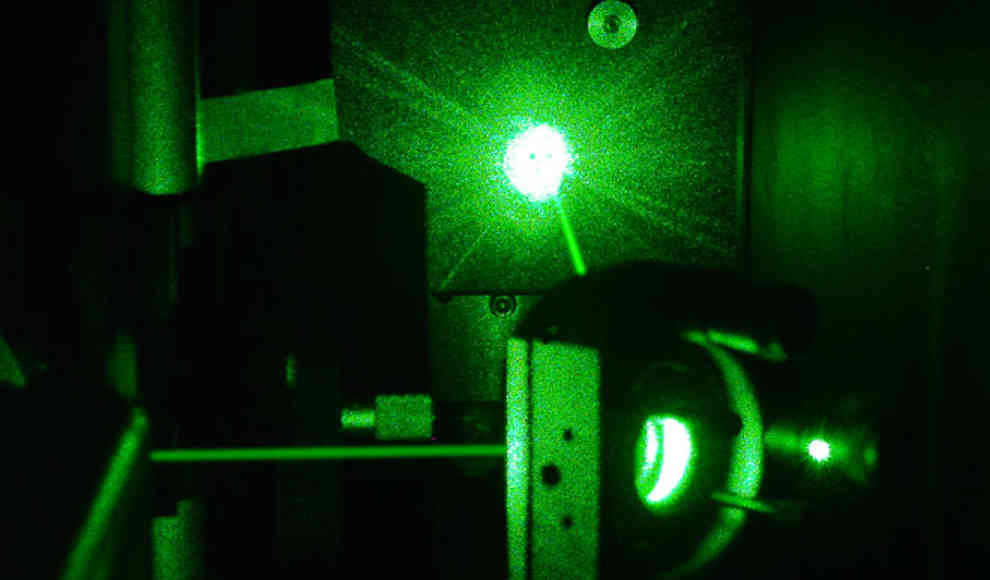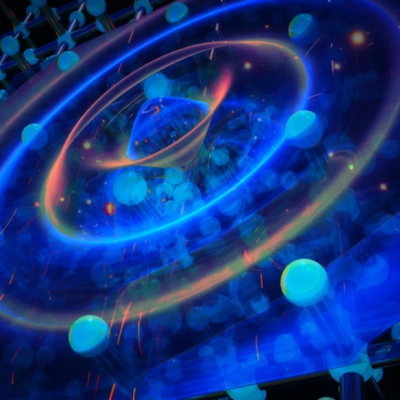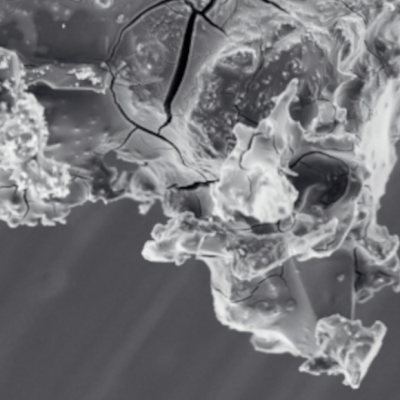In a groundbreaking discovery, physicists at CERN in Geneva have reported that the elusive and seemingly impossible collision of photons may soon be observed. Photons, the particles that make up light, are typically solitary and do not interact with each other due to their lack of mass. However, under certain conditions, photons can interact through a quantum process. Theoretically, two photons could collide in an elastic collision, bouncing off each other like billiard balls. Until now, this process has never been observed, as even the strongest light sources are not energetic enough to cause such a collision.
However, a new analysis by Mariola Klusek-Gawenda and her colleagues shows that these photon collisions are possible in the Large Hadron Collider (LHC) at CERN, the world’s largest particle accelerator. The researchers calculated the paths of particles that are created when lead nuclei collide in the LHC, and found that the electric charges in the nuclei can sometimes lead to the formation of photons. If two nuclei fly close enough to each other, they could collide and create photons that could be detected by the LHC’s detectors. While the probability of such an event is rare, it is not impossible.
Klusek-Gawenda is confident that this collision can be observed and detected in the near future, possibly as early as next year. If successful, this discovery would be a major breakthrough in physics, revealing previously unknown quantum processes. The collision of photons could provide valuable insights into the behavior of light and the fundamental nature of the universe.










